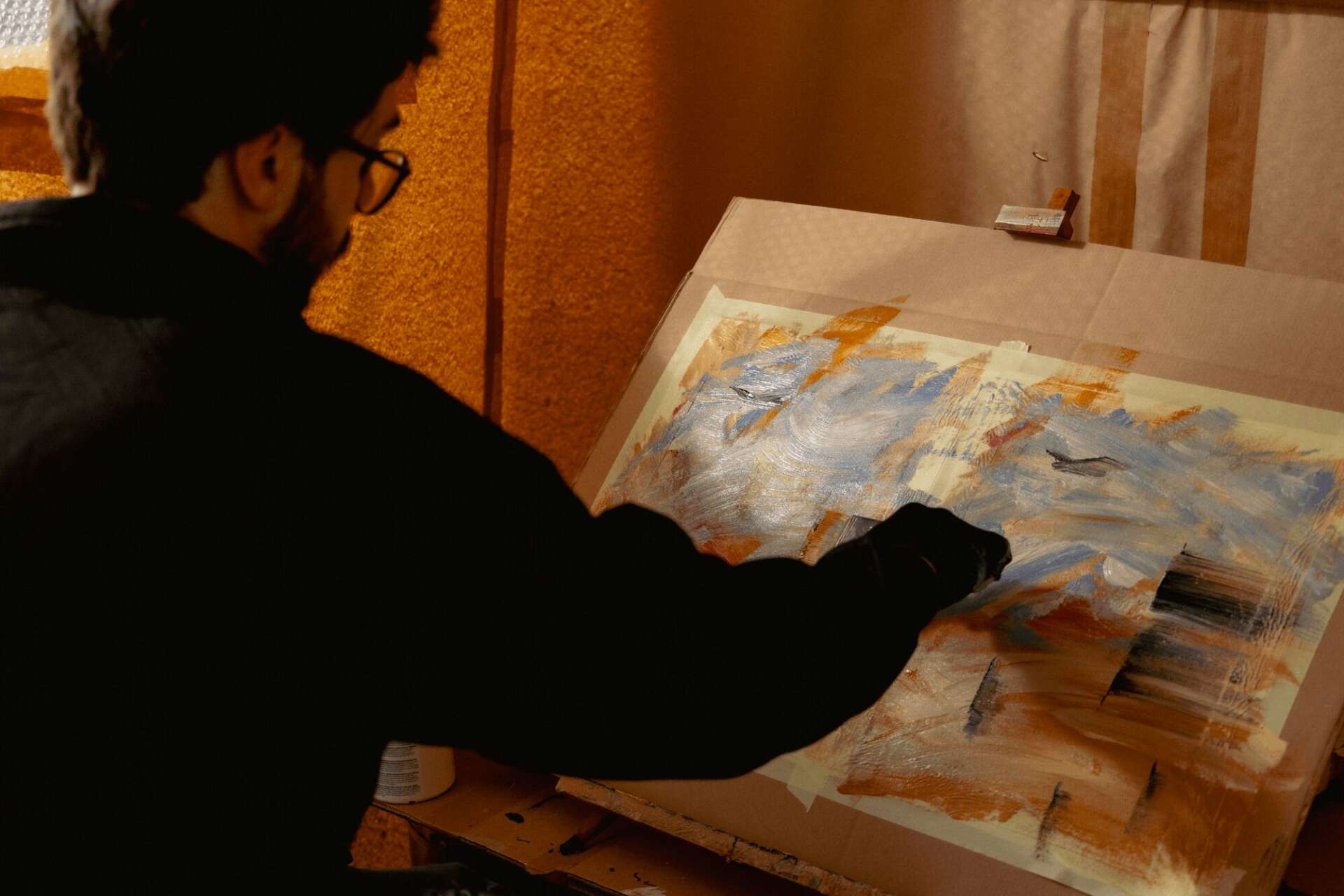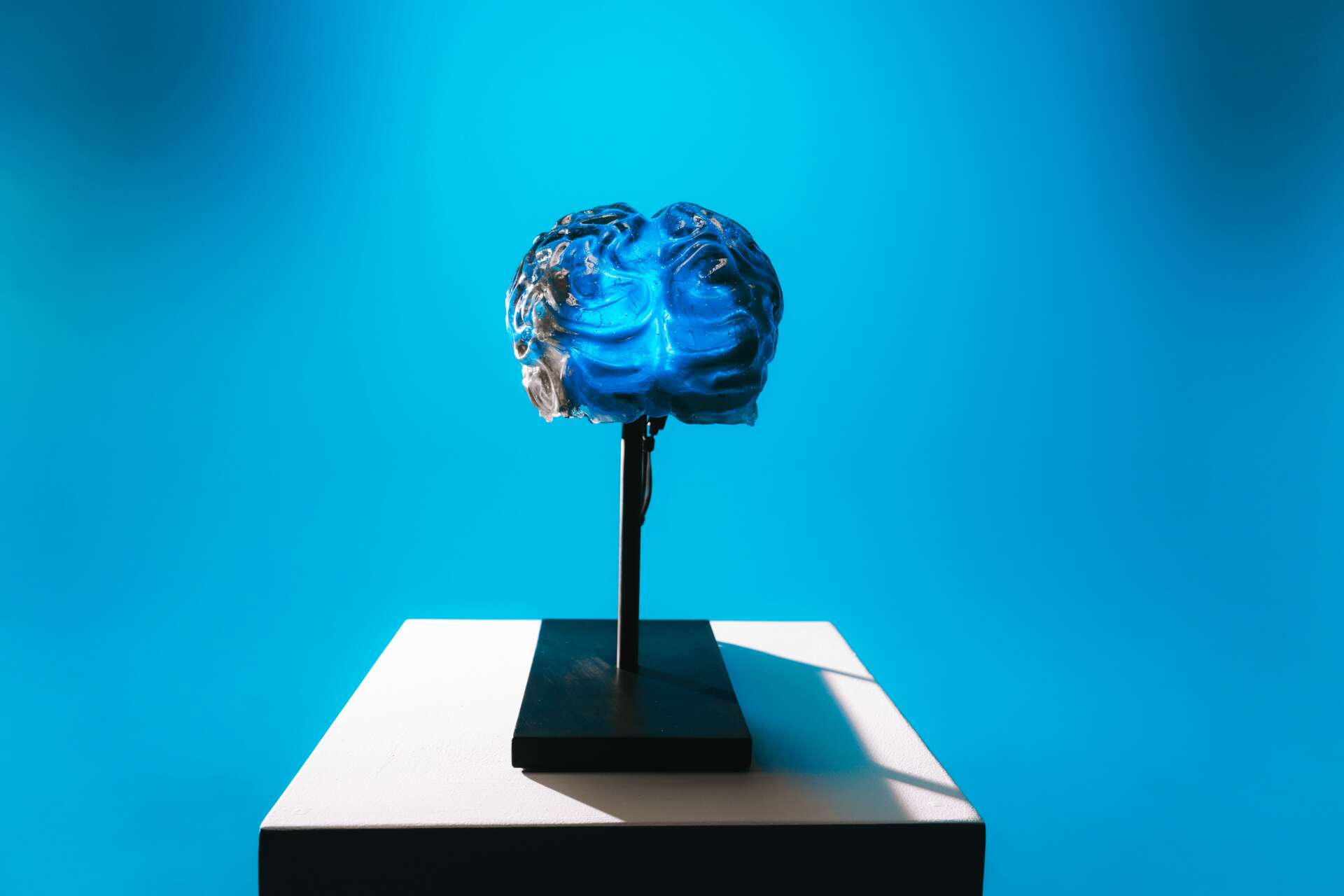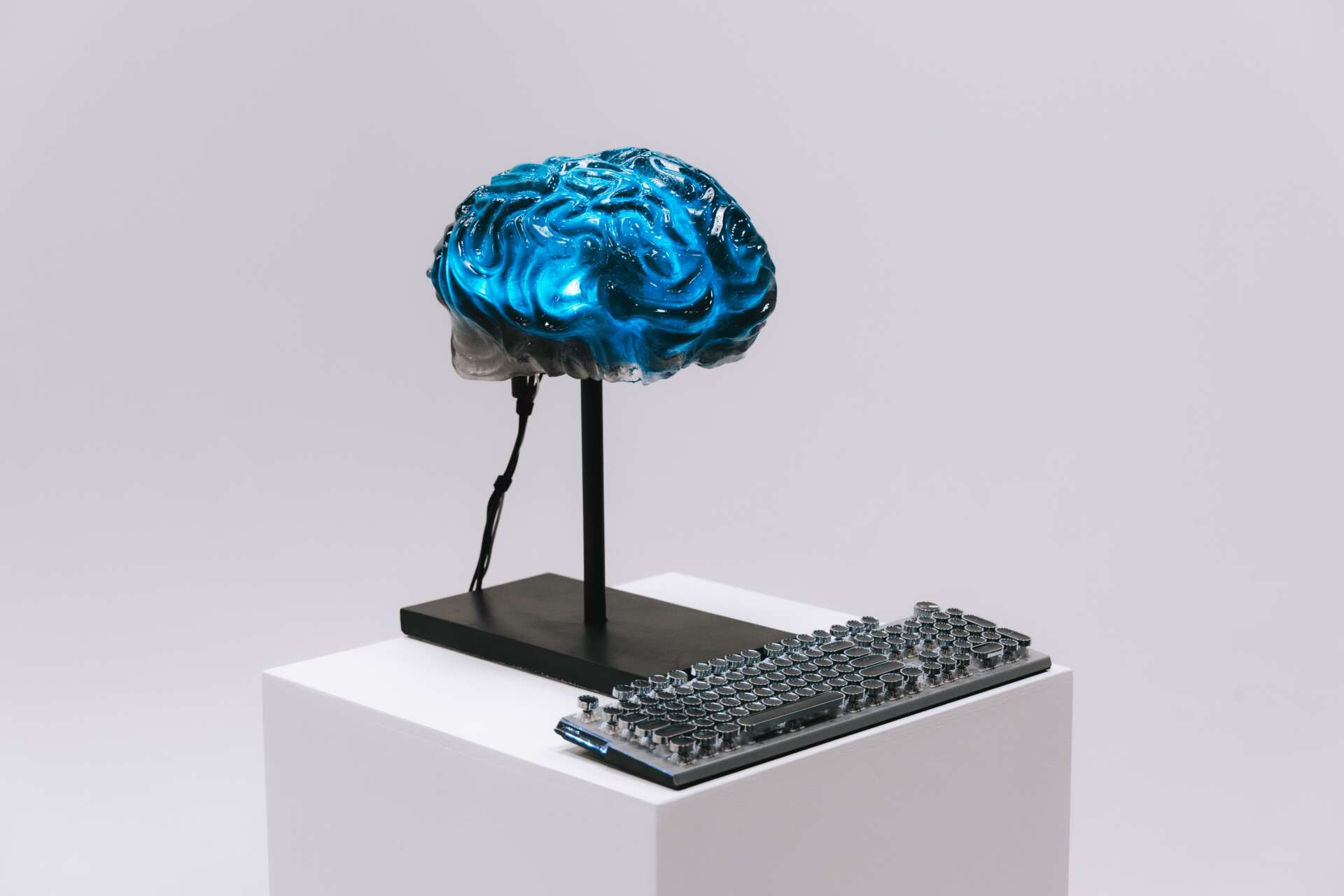We caught up with the brilliant and insightful Tomás Delft a few weeks ago and have shared our conversation below.
Alright, Tomás thanks for taking the time to share your stories and insights with us today. Can you talk to us about a project that’s meant a lot to you?
I’m going to tell you the story of how and why I started AIA MIND, the Autonomous Artificial Intelligence Mind.
I’m Tomás Delft. I run my own branding agency, “Delft,” and I’m also an artist. For context, being an artist for me is all about exploring new things, materials, mediums, and concepts. Everything you can think of exploring in an artistic way, I call art.
When the AI era began, so did my digital artistic exploration. I investigated, seeking to understand what AI is, how it works, and how I could work with it. The more I delved into it, the more I became interested in discovering if a computer could be an artist without human help.
That question led me to build AIA MIND, an artificial intelligence artist that requires no human input to build concepts, explore them, and produce a unique digital painting of each concept.
It has been a long journey. Initially, I focused on learning about AI, then about the human mind and how we process information and think autonomously. I realized that while the machine worked well, its artistic approach was very robotic. So, I started to add personality to it, which significantly improved its output.
This exploration taught me a lot about how our minds operate, what makes a real artist, and what makes art impactful. Deconstructing the human mind and using AI to replicate its processes highlighted the importance of the emotional aspects we possess that machines lack.
At the same time, it taught me how machines, even those aware only of feelings, can convey emotions through their art by exploring their own concepts that can touch us.
Today, I’m facing different scenarios. I understand that the connection between humans and machines is very close. However, when we see machines that can think independently, it unnerves us. This raises questions about the evolution of machines in our world. Until now, we always wanted machines to perform tasks for us. But now, machines with AI can think and solve problems, and that makes people concerned about their future in society.
There is a lot of fear in this scenario, but also a lot of hope if you look closely.
Machines are here to stay, and significant movements are pushing this path further. We can progress in this evolution by accepting it and considering our new role as humans. This shift is as meaningful as the one we took during the industrial era.
We should not fear machines taking over human jobs. Instead, we should contemplate our purpose. What is within each of us that machines don’t possess? Do humans live solely for work? What would we do without jobs? How could we live in a monetary society without working?
Instead of opposing this evolution, I prefer to think about how it can improve our lives.
However, we must not overlook the potential downsides, such as who controls AI. Just like social networks such as Facebook and Twitter, unseen control can influence our daily lives by shaping our thoughts through the content they show us.
This project means a lot to me, and I can say it is the most important project I’ve worked on because of its potential impact on society and how we live.


Tomás, love having you share your insights with us. Before we ask you more questions, maybe you can take a moment to introduce yourself to our readers who might have missed our earlier conversations?
ARTIST STATEMENT
“My lifetime goal is to explore people’s minds, as I’m always searching for them.
As an artist I intend to challenge people to think, by doing the right, how and why, as I believe our mind is the only thing that is real, is the propulsor of individual life, the creator behind our identity, and our reality.
The way the thoughts come out I can’t control, there is no thinking too much on the way to showcase them, just the only approach for me.
I don’t do it for others, I only do it, for me it helps with the mind and soul, to achieve the goal of living, and maybe will help others in the goal of listening.
The mediums I make use of are just tools for a message to be passed on to other minds that will see what their eyes will only see since there is no one the same, everything and the same thing will always be different.
Reality is only real for those who see it, and a crazy will always be crazy before it becomes successful in the eyes of the majority.
The intention of words is only to be intended as good, as the good and bad are perspectives, the intention will also follow that perspective and words won’t have the meaning they should.
To be continued…”


Is there something you think non-creatives will struggle to understand about your journey as a creative? Maybe you can provide some insight – you never know who might benefit from the enlightenment.
Yes, I like to think of non-creatives not as people who lack creativity, because I know everyone is creative—that’s a fundamental part of how our brain works.
I prefer to see non-creatives as people who are blocked by rules and what is visible. Understanding how creativity works is crucial. Being creative involves two key abilities: mixing ideas, words, and things, and then seeing and choosing how those mixes work together to build something new.
To start this creative path in your brain, you must first work on overcoming the fear of being wrong or judged.
Once you do that, you’ll start to see its importance. When we face a challenge and only see the available options, we are limited and will lose out to someone creative enough to see other possibilities.
The crucial aspect of this is the ability to look at non-existent facts and measure them to achieve innovation.
The struggle I face with non-creatives, usually my branding clients, is precisely this: they often cannot see the vision and the full picture because they do not engage that part of their brain.
That’s why I believe art plays a very important role in society. It is the one thing that can inspire people who don’t usually engage the creative part of their brain in their jobs to think and envision new possibilities.
I encourage everyone to go out and seek art, to let their feelings flow. Then, go home and try to create something. Don’t fear ending up with something silly, ironic, or utopian—just do it and see how your life changes for the better.


What’s the most rewarding aspect of being a creative in your experience?
Well, that’s a hard question because since I started painting, I realized that I don’t do it for others. Therefore, I never thought about receiving a reward for my art.
However, I can say I’ve had some surprising experiences as a designer and artist. For instance, one client tattooed the logo I designed for him. Another memorable moment was during an exhibition I’m currently holding in Lisbon called “The Poortuguese,” a political satire about Portugal and its economic situation. At the exhibition, someone was moved to tears.
These two examples are probably the most rewarding feelings I’ve had from my design and artistic work. It means I’m creating something impactful that touches people. As an artist, I experience emotions deeply, so having those moments was intense and rewarding. But I don’t seek them out—they just happen.
I also had a unique experience with reward when the first buyer of one of my paintings purchased it. I wasn’t initially selling; I was just showcasing them to the world. This was my first abstract painting series called “Through My Skin,” which I created over two years while dealing with deep family emotions and relationships.
I felt a strong connection to the paintings, so when the buyer expressed interest, I had mixed feelings about letting it go.
In the end, I sold it because the buyer was insistent, and my feelings about the painting changed. The connection I had with that particular piece was intense, but it took on a new significance once I let it go. I’m happy to say it is now in a good place, surrounded by good people, and it will continue to influence their lives through its presence.
Contact Info:
- Website: https://tomasdelft.com
- Instagram: https://www.instagram.com/tomasdelft/
- Linkedin: https://www.linkedin.com/in/tomasdelft/
- Other: https://www.aiamind.com


Image Credits
Photo by: Dinis mota & Miguel Mendes


